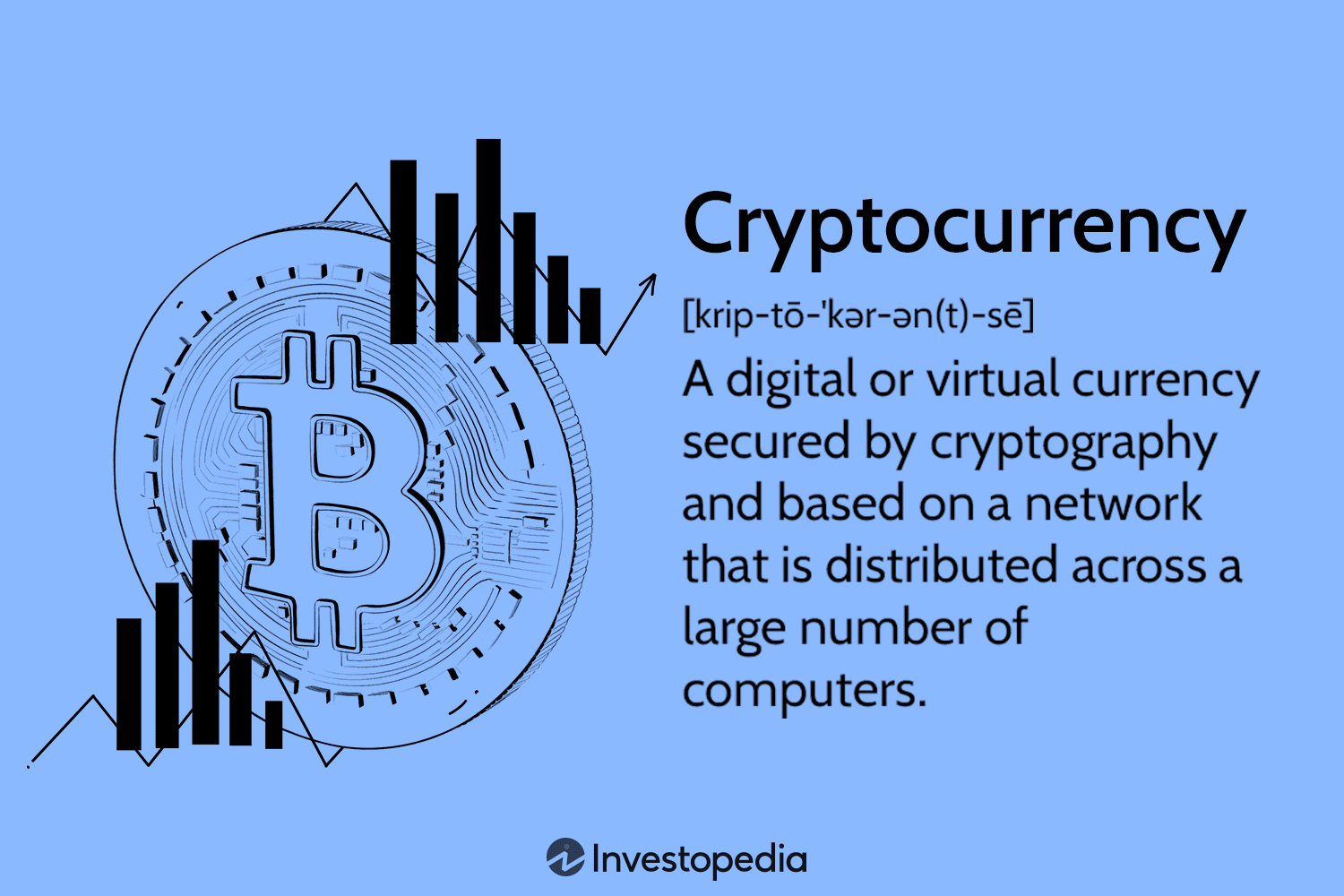
Stablecoins Demystified: The Ultimate Guide ceeden.com
Stablecoins have emerged as a critical and intriguing facet of the cryptocurrency landscape, offering stability amidst the inherent volatility of the crypto market. These digital assets, pegged to stable real-world assets or algorithms, aim to maintain a steady value, making them a cornerstone for various applications within the crypto ecosystem. In this comprehensive guide, we’ll delve into the intricacies of stablecoins, their types, mechanisms, use cases, and their role in revolutionizing the broader financial landscape.
What are Stablecoins?
Stablecoins are a category of cryptocurrencies designed to minimize price volatility by pegging their value to external assets or mechanisms. Unlike traditional cryptocurrencies like Bitcoin or Ethereum, which exhibit price fluctuations, stablecoins aim to maintain a stable value, often pegged to fiat currencies, commodities, or algorithms.
Types of Stablecoins
Fiat-Collateralized Stablecoins
These stablecoins are backed by fiat currencies like USD, EUR, or others, held in reserves to ensure their stability. Each coin issued is typically backed by an equivalent amount of the fiat currency held in reserve.
Crypto-Collateralized Stablecoins
Crypto-backed stablecoins are collateralized by other cryptocurrencies, usually held in smart contracts. These stablecoins maintain their value through over-collateralization, ensuring that the value of the collateral exceeds the stablecoin’s issuance.
Algorithmic Stablecoins
Algorithmic stablecoins maintain stability through complex algorithms and mechanisms, dynamically adjusting the supply of tokens based on market demand. These stablecoins aim to achieve stability without direct backing by assets.
Use Cases and Applications
Remittances and Cross-Border Payments
Stablecoins facilitate cost-effective and swift cross-border transactions, providing an efficient alternative to traditional remittance methods by minimizing fees and settlement times.
Decentralized Finance (DeFi)
Stablecoins serve as a fundamental component within the DeFi ecosystem, enabling lending, borrowing, liquidity provision, and yield farming while maintaining a stable value for users’ assets.
Store of Value and Hedging
Investors often use stablecoins as a temporary store of value during market volatility or as a hedging tool against the volatility of other cryptocurrencies.
Risks and Challenges
Regulatory Concerns
Stablecoins, especially those pegged to fiat currencies, face regulatory scrutiny concerning compliance, reserves, and potential systemic risks if widely adopted.
Centralization Risks
Fiat-backed stablecoins are susceptible to centralization risks, as the stability relies on the entities holding the reserves, posing potential counterparty risks.
Market Liquidity and Stability
Algorithmic stablecoins face challenges in maintaining stability during extreme market conditions and require robust mechanisms to manage liquidity and stability.
Future Prospects and Conclusion
Stablecoins continue to evolve and play an increasingly pivotal role in the crypto and broader financial landscapes. Innovations in regulatory frameworks, technological advancements, and increased adoption are expected to shape the future of stablecoins.
Their ability to bridge the gap between traditional finance and the digital realm, providing stability, efficiency, and accessibility, positions stablecoins as a transformative force in reshaping financial systems worldwide. Understanding their mechanisms, risks, and potential applications is crucial as stablecoins continue to play a central role in the evolving landscape of finance and digital assets.






